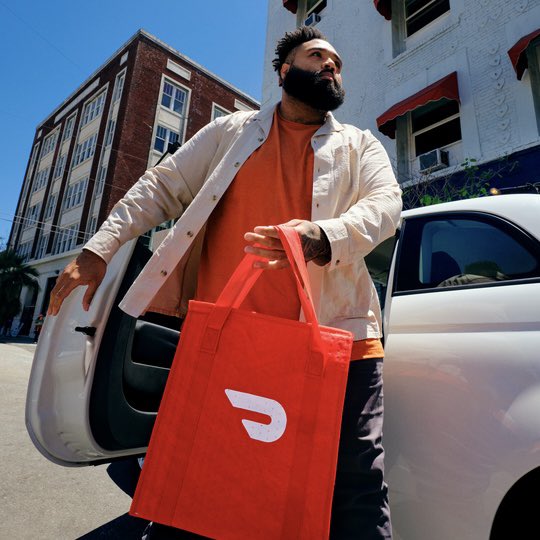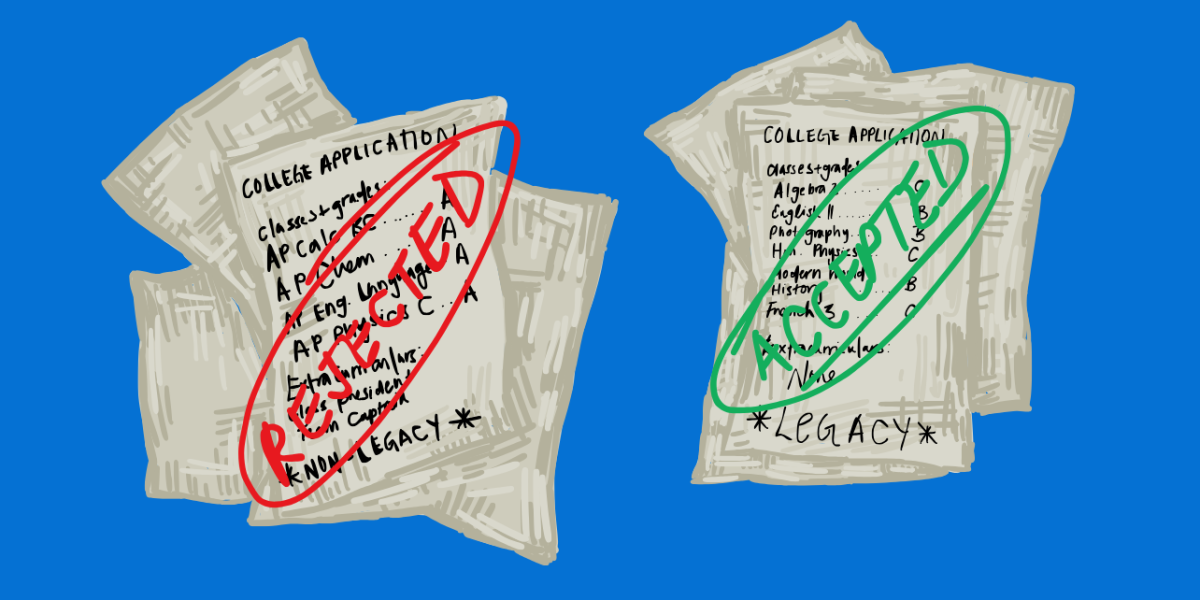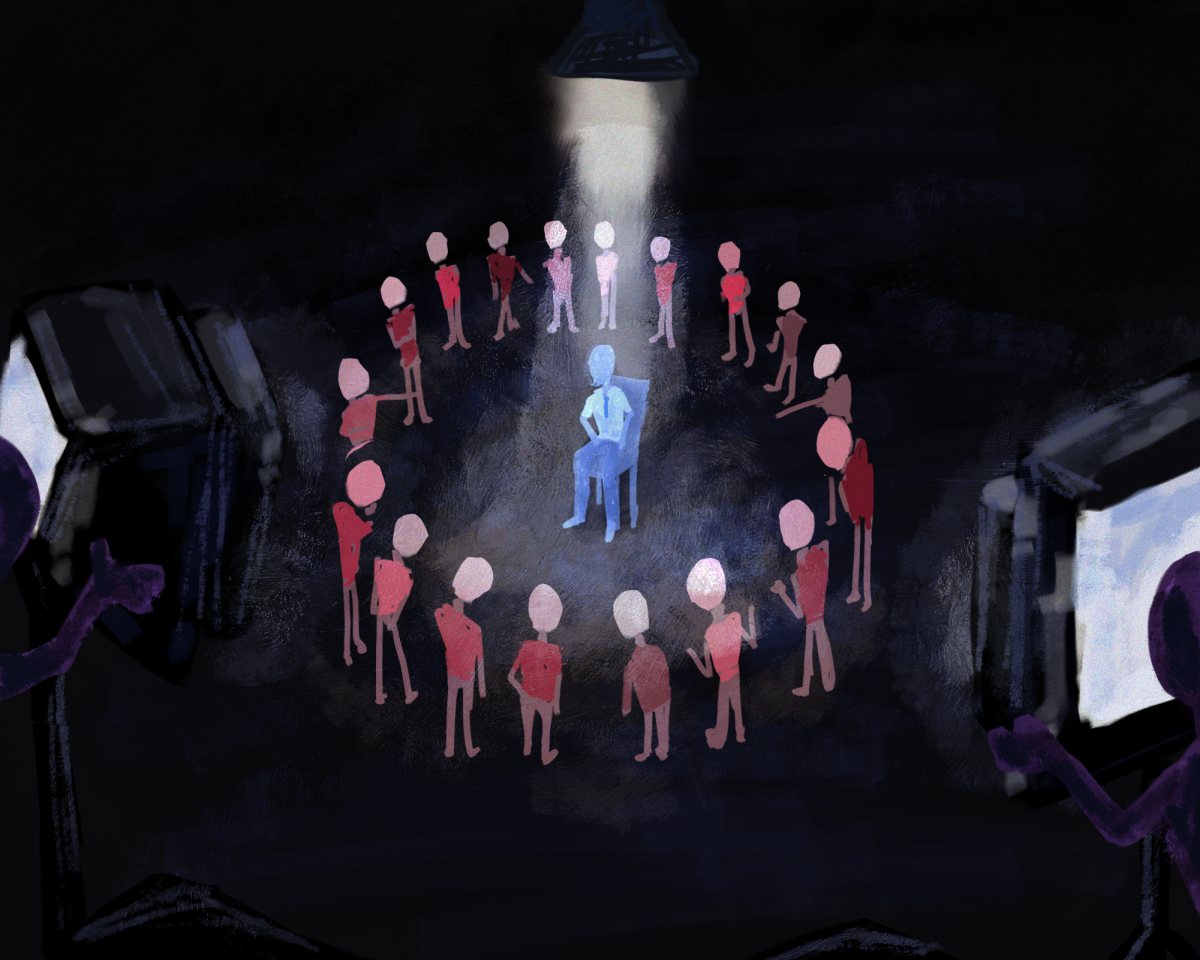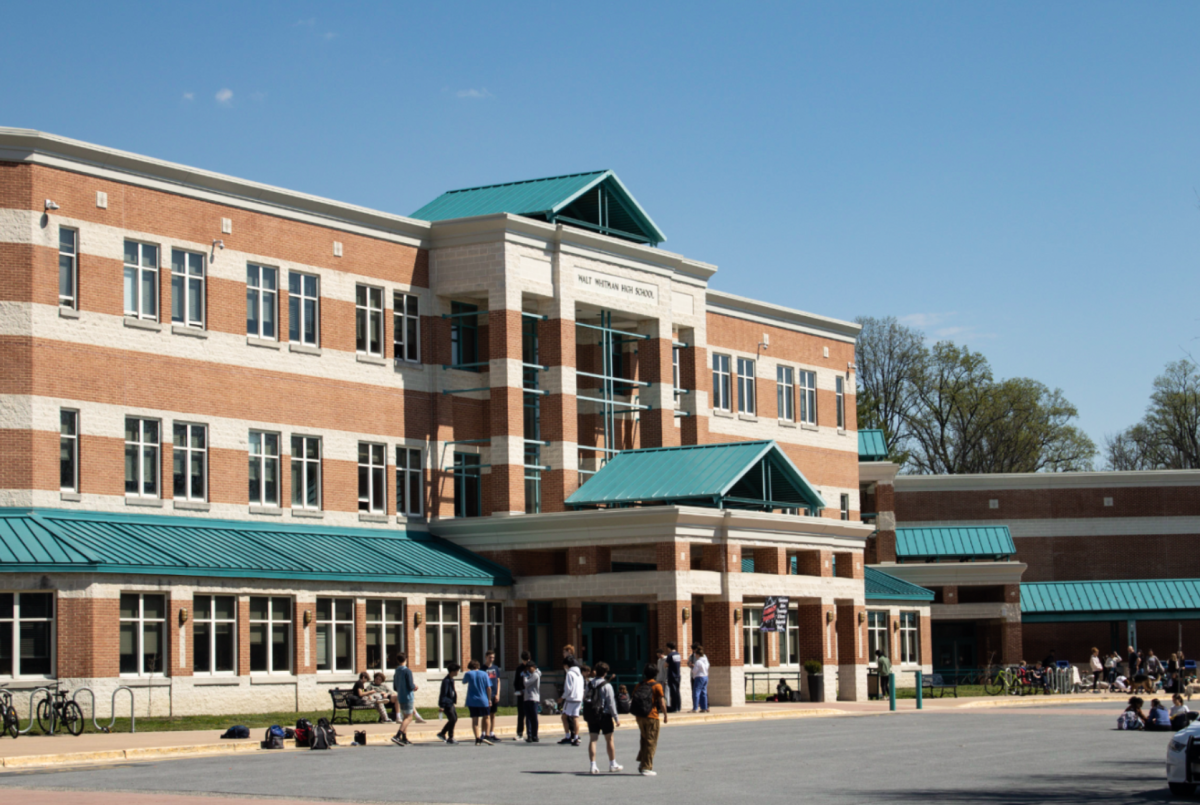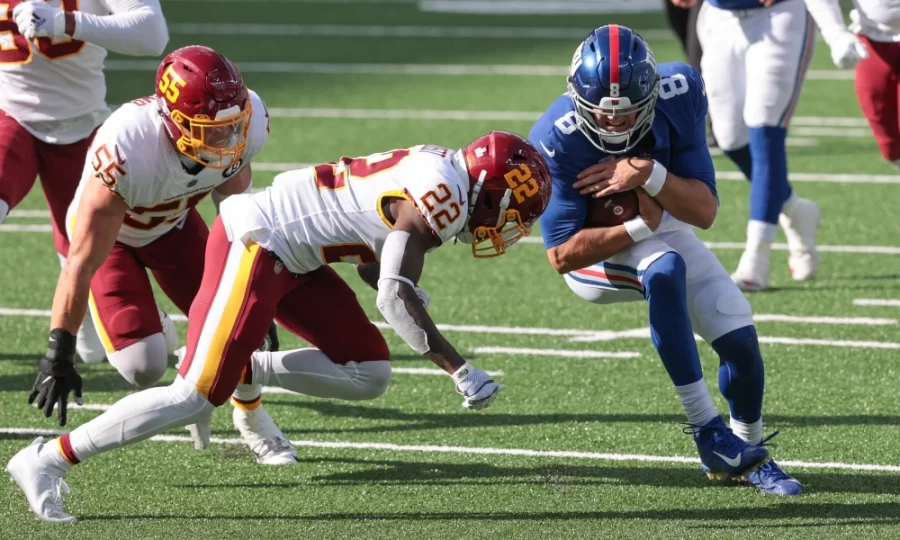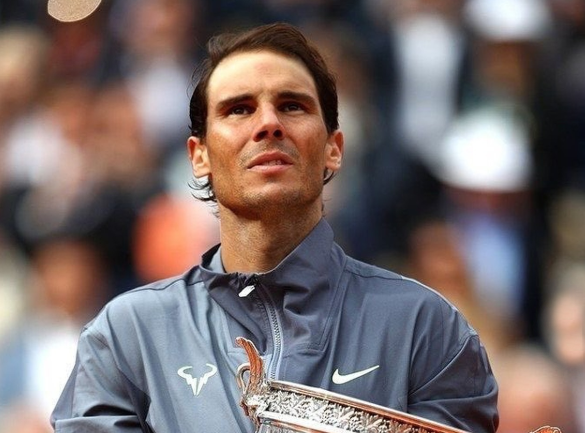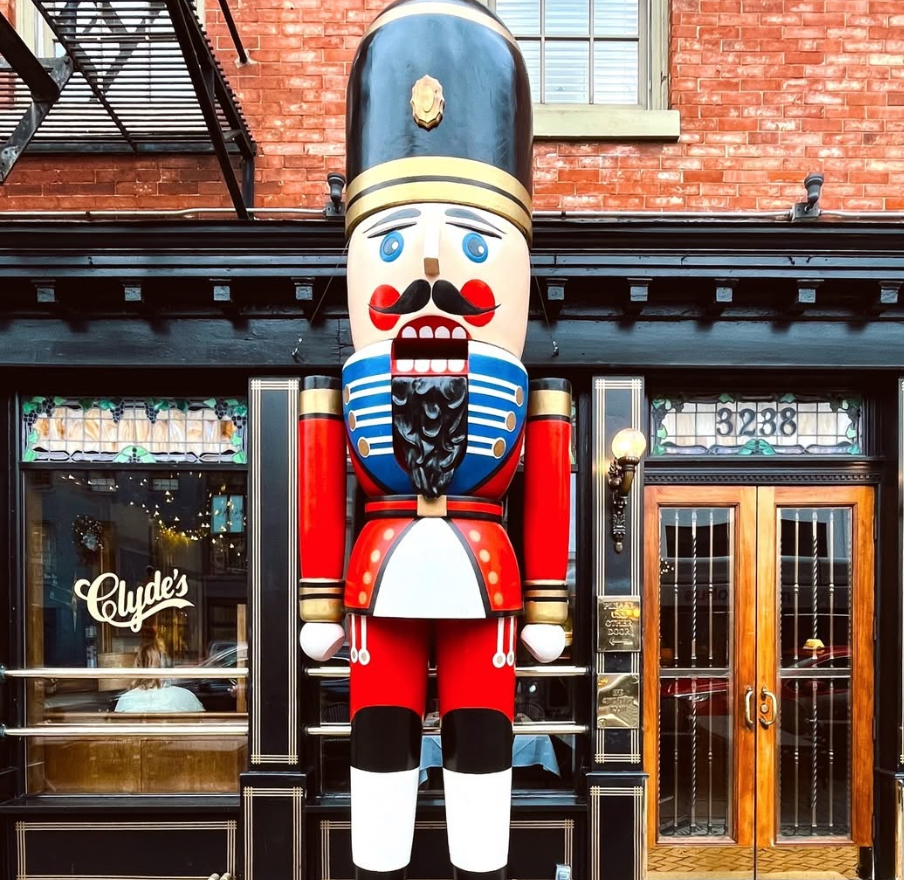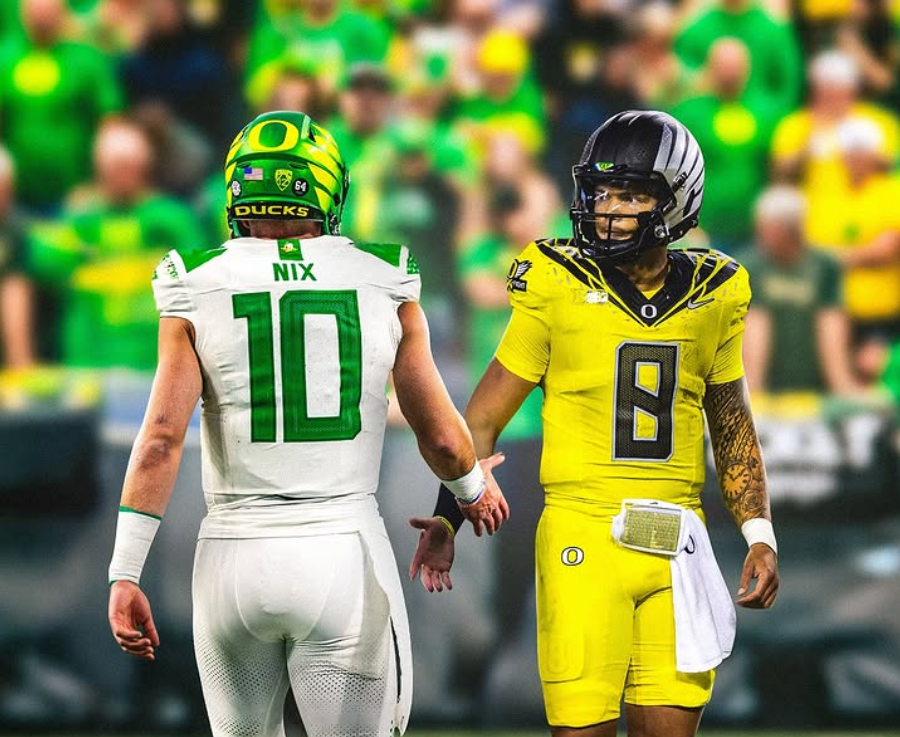On a Friday night, an exhausted student crashes down on the couch, stomach grumbling. The school week felt endless, sports practice had them wiped and cooking dinner was the last thing they wanted to do. Fortunately, an app on their phone promises fresh, tasty and warm food from any restaurant, delivered in minutes. While thoughts of fries or sushi at their door swirl in their head, any consideration of home cooking is fleeting. It seems unnecessary to step into the kitchen for a meal when with the click of a button, food arrives directly at their doorstep.
At first glance, the food delivery system appears flawless. It’s convenient for consumers, employs drivers, and provides profit to partnering restaurants. However, this system is not as efficient as it appears. The vision of a steaming, delicious entree handed directly to the customer by a smiling deliveryman is more realistically akin to a lukewarm, often incorrect order, delivered hours later by an underpaid driver.
The COVID-19 outbreak catalyzed the delivery app craze, with companies like Uber Eats, DoorDash, and Grubhub experiencing heightened success. In 2019, the food delivery industry was worth $107.4 billion worldwide and was projected to reach $200 billion by 2025. Throughout the pandemic, people were more than happy to order their takeout from the comfort of their homes, not risking exposure to the virus.
Food delivery apps were a lifeline for struggling restaurants who lost their in-person customers. For delivery apps to profit, they charge a commission from restaurants on each order placed through their platform. The system may work to keep the apps afloat, but for restaurants, the commission taken out of their pockets creates a significant profit loss that adds up rapidly. Owner of EL Ideas and Boxcar BBQ Phillip Foss examined this problem. He concluded that a $30 order through a delivery app earned Foss’ restaurant only around $1.50 after commission and upkeep.
This loss could be sustainable for a large chain like Starbucks or McDonalds but it isn’t an effective business long-term model for smaller restaurants.
Stephanie Salvatore, the owner of local Bethesda restaurant Wild Tomato, explained that there are simply no benefits to partnering with the apps for her restaurant.
“We’ve had reliability issues with delivery services,” Salvatore said.“So the costs associated weren’t worth it for us as a small business.”
Restaurants aren’t the only ones frustrated with this system. Delivery app employees are also unsatisfied with their treatment. Apps promise a base pay for drivers, however, drivers typically make their salary from customer tips, an inconsistent income source at best. Unsurprisingly, consumers paying already up-charged prices on meals may decide to skimp on their driver’s tip, leaving them out of profit.
An anonymous Whitman junior worked driving and biking for DoorDash, Uber Eats and Grubhub, delivering over 500 orders. He did not feel properly compensated and referred to the company’s unethical practices.
“Within the employee community, almost everyone talks about how low the pay is, and the horrible approach DoorDash takes,” the student stated. “Doordash has an algorithm to make sure they get the most money and pay drivers the tiniest amount.”
The student explained that since DoorDash considers drivers as “independent contractors,” they can pay lower wages. This system of exploitation keeps the companies’ executives rich, and forces drivers to work for unfair wages.
“This is a huge injustice and something that needs to be addressed,” the student said.
Food delivery has also increased among Whitman students. The table outside the front office, made for drivers dropping off food deliveries, speaks to the system’s popularity. But often, the outcome of the order is disappointing. App users consistently complain about food being missing, made incorrectly, and arriving hours later than the expected arrival time or most frequently, cold. Yet, the mediocre, relaxed experience keeps consumers hooked.
Junior Dani Cotlear stated that she’s dealt with many poor DoorDash experiences and often feels she’s overpaying.
“Sometimes food is missing, or totally wrong,” said Cotlear. “It’s also usually about as much for delivery as for the actual value of food I’m getting.”
Eating in person at local restaurants is vital to protecting their main income source. This also assures that customers aren’t spending money on food that would’ve tasted better in the restaurant in the first place. As consumers, it’s important to be mindful of who this system benefits, because if it’s not the restaurant, the driver or the consumer, it seems pointless to keep going back.



